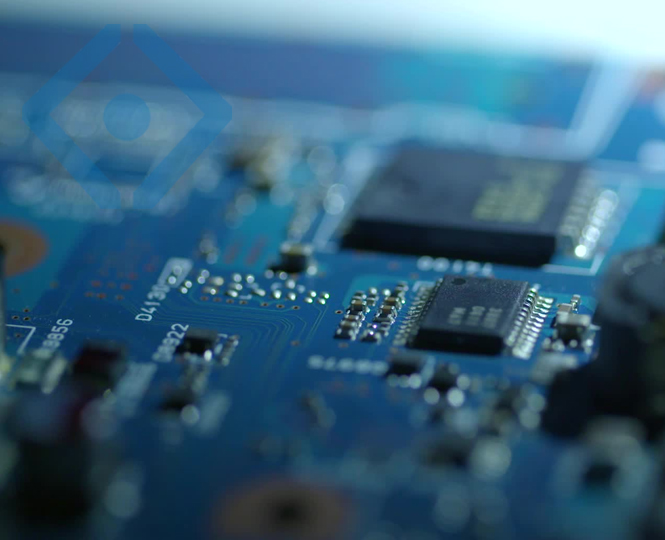Analysis of Causes of SMT Soldering Wetting Failure!

During the PCBA soldering process, contaminants and oxide layers are the main causes of wetting failure. If there are contaminants such as foreign matter, fingerprints, or residual flux on the PCB pads or component pins, non-wetting will occur. Similarly, if the PCB pads or component pins are oxidized, wetting failure will also occur.
In addition, abnormal soldering temperature is also one of the causes of wetting failure. If the solder paste is not heated to the appropriate temperature, the tin powder inside the solder paste cannot be fully fused, resulting in a rough surface of the solder joint. If the surface of the solder joint is not smooth, wetting failure can also occur. If the soldering time is insufficient, the PCB pads and solder cannot be fully wetted, resulting in wetting failure.
Apart from the above two points, problems with flux or solder paste can also cause wetting failure. For example, insufficient activity of the flux or poor fluidity of the solder paste can cause the pads and solder to be unable to wet or fully wet. From the analysis of previous PCBA defects such as solder balls or tombstoning, it is not difficult to see that problems with solder paste can cause most of the PCBA soldering defects. Therefore, when selecting and using solder paste, caution should be exercised to avoid the occurrence of PCBA soldering defects.

